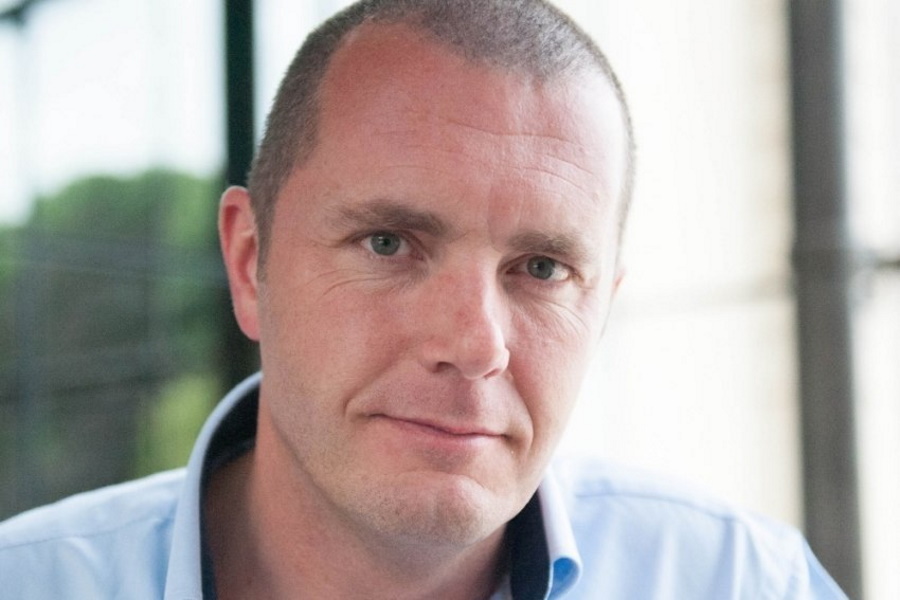We need you!
20/04/2023
# tags: Human Resources , Venues , AIPC , Associations , Meetings Industry
Coming out of the pandemic, the overall expectation was that business would come back gradually, allowing the convention centers teams to get back up to speed in a controlled way.
Well, that did not happen. With Tesla-like acceleration, agendas were filled up with events, leaving little breathing space and putting pressure on teams. In an environment where it is difficult to find staff, this comes with specific challenges.
On July 22nd, GL Events Group presented its H1 results. With over 50 venues worldwide, there results can be considered as a good indicator of what it happening in the world of convention centers. The results were impressive: Q2 2022 revenue levels outperform comparable periods in 2018 and 2019 and increased by 150% compared to 2021. In terms of number of events organized, GL is at 87% compared to 2019. At the same time, not all types of events are recovering in the same way. While corporate events are booming, international congresses and exhibitions are lagging somewhat behind. Geographically, China does not show the same signs of recovery as the other regions. But this is clearly not a gradual recovery – it is a big jump.
Other big jumps can be seen in the labor market. The August figures of the US Bureau of Labor Statistics confirm that the big resignation is still ongoing in the leisure and hospitality industry: 9% (1,3 million persons) of its workforce changed jobs. And looking at the profiles most at risk for leaving: persons with a 5–10-year tenure, with women quitting at a higher rate.
Finding staff has become extremely difficult. Sixty percent of AIPC members say recruiting and retaining suitable employees is extremely/very challenging – and it’s hardest finding mid‑level managers. 56% of members have launched special HR initiatives to attract staff.
This contrast between high market demand and loss/lack of staff is increasingly leading to opportunity costs, as some convention centers simply need to refuse business, either to a lack of availability but also because the lack of staff does not allow to meet the service levels required.
Unfortunately, there is no magic solution for this challenge. On top, the event industry is not the only one facing lack of staff and having difficulties in retaining talent. However, the event industry does offer a number of advantages, which are important for a new generation of professionals. When asked what would make them leave their job, Gen Z and Millennials will not give salary as top driver. Instead, the following aspects are in the top 5 (next to work-life balance and risk of burn out): lack of purpose, lack of challenge and lack of learning opportunities. These are typically things which the event industry is actually great at.
Personally, I believe that the same level of effort which has been put into sustainability on an event industry level – via the Zero Carbon Events Initiative – should be put in making our industry attractive for upcoming talent. Especially because we will need those talents to achieve our ambitions when it comes to sustainability, the integration of new technology or delivering the next level of delegate experiences. Definitely something to discuss during the upcoming industry events.



